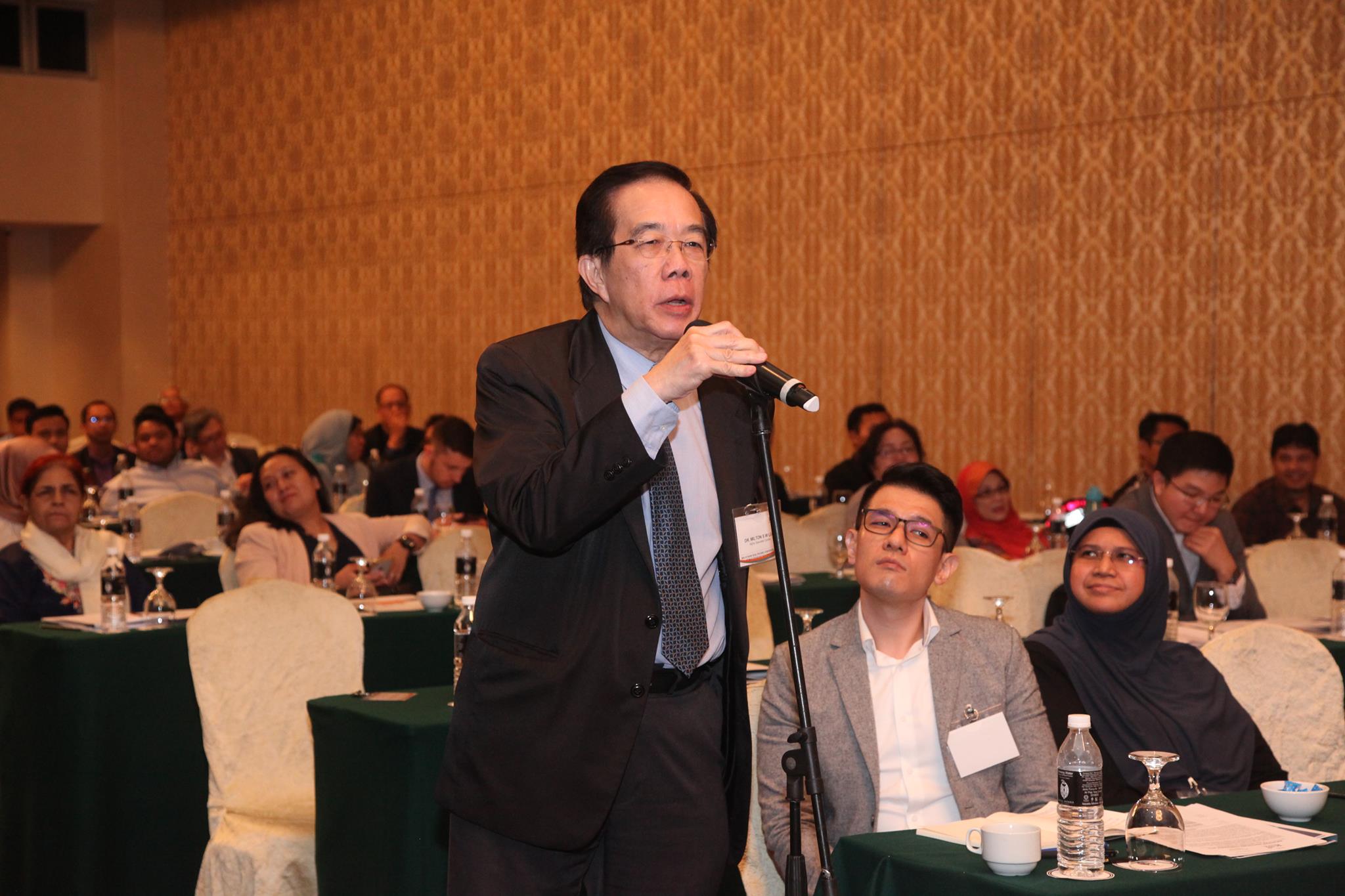KUALA LUMPUR, Sept 4 — MySejahtera’s Covid-19 hotspot function should specify the date the app designates an area a hotspot and the precise location of cases, public health experts said.
Former Malaysian Medical Association (MMA) president Dr Milton Lum told CodeBlue that the 1km radius on the government contact tracing app’s hotspot function covers a very wide area that may not give useful information to users.
“1km, what does it tell you? Does it tell you anything? And then, you have those who are stigmatised,” Dr Lum said, referring to the case in Penang as reported by CodeBlue, where a 45-year-old hawker stall owner from Genting Cafe, Penang, said that his business had dropped by half because of rumours that linked him to alleged positive Covid-19 cases in the vicinity.
“It is very unfair to the person. This is where in this public health emergency, individual liberties have not been taken into consideration.”
Malaysiakini, on August 22, reported confusion about the designation of certain areas in Subang Jaya, Selangor, as a coronavirus hotspot on MySejahtera, as police have dismissed a viral message about avoiding these areas as fake news.
The Ministry of Health (MOH) then released a statement, clarifying that the reported positive case in Subang Jaya involved a foreigner who underwent a screening at work and while waiting for the test results, his employer took the initiative to place him under quarantine in a hotel in Subang Jaya, which is why it appeared on the MySejahtera hotspot function. However, the location was then updated in the MySejahtera application to his residential address, Bandar Tun Hussein Onn in Cheras, when he tested positive.
Dr Tan Poh Tin, a public health-trained paediatrician from Kuching, Sarawak, told CodeBlue that if she were to use the MySejahtera hotspot tracker as a prevention to protect herself, she would want to know when exactly the positive Covid-19 cases were in the designated hotspot area.
“When was the case exactly there and then, I can see what was he doing and what was I doing,” Dr Tan said.
Dr Lum suggested that the hotspot tracker function on the MySejahtera application should state the date on when the particular place started being a hotspot, and to be more precise in terms of the distance — 100 metres or 50 metres.
“We should be humbled enough to look at what others are doing. For instance, Hong Kong, they give you the exact location of where the positive case has been, including the street name and the date. Two weeks later, if nothing comes out of it, the address is taken out,” the former MMA president said.
Former deputy health director-general (public health), Dr Lokman Hakim Sulaiman told CodeBlue that the hotspot tracker is an important tool for epidemiologists, but stressed that public education for risk communication is crucial.
“In dengue, we used to name the whole community or locality hotspot areas, no issues. So, if risk is well communicated to the public, I don’t see why there should be a problem,” the public health professor said, when asked if the hotspot function should be more specific in terms of location.
“So, if the public understands, why should it affect businesses?” Dr Lokman added referring to the rumours stigmatising business owners as reported in Penang.
Deputy Health Minister Dr Noor Azmi Ghazali previously told CodeBlue that the hotspot tracker function of the MySejahtera detects an area as a hotspot based on a possible source of infection, like the place of detection and locations visited by a person with coronavirus. MOH’s statement on the Subang Jaya case confirms that MySejahtera’s hotspot tracker is also based on a positive case’s residential address.
An anonymous MOH officer, who declined to be named, said that the tracker works based on in-depth integration with the Crisis Preparedness and Response Centre’s (CPRC) investigation on a daily basis.
When asked if he agrees with the MySejahtera hotspot function, Dr Lokman replied: “Knowing where the patient has been, helps a lot in contact tracing and other preventive measures. For the public, it is only for risk communication but you have to educate them about it and communicate the risk appropriately and correctly.”
Dr Tan agreed that the hotspot function on the MySejahtera application could be useful in retrospect for someone who develops symptoms of Covid-19 and wants to trace back their previous checked-in locations to see if it was a hotspot.
“So, if I have a cough or don’t feel so good, it’s good to think that maybe, I need to check for Covid-19 because I was in that area, so I think in that sense it could be useful,” she said.
On the other hand, Dr Lum also pointed that the MySejahtera application should have independent external oversight to ensure that the objectives of the hotspot tracker is achieved, and to rectify any shortcomings in order to improve the function of the app.
“Deputy Minister’s reply to only seven people having access to it is not a satisfactory reply, he did not mention anything about an independent external oversight. The operator is his own master, who may or may not consider feedback, may or may not consider shortcomings,” Dr Lum added.
Dr Noor Azmi said that the information on MySejahtera application is only accessible to seven people from CPRC and the disease control division under MOH, as well as the National Cyber Security Agency (NACSA), the lead government agency on cyber security matters under the Prime Minister’s Department.








